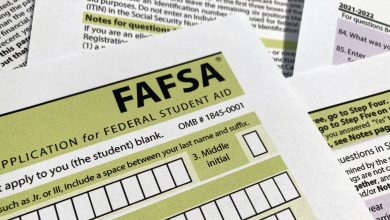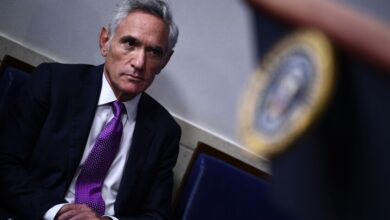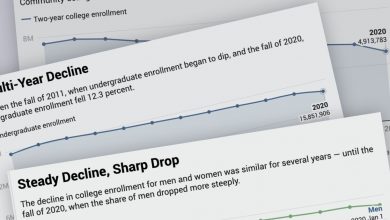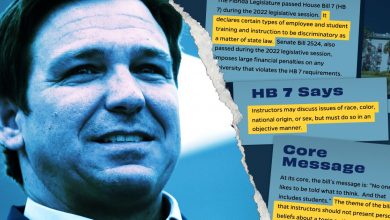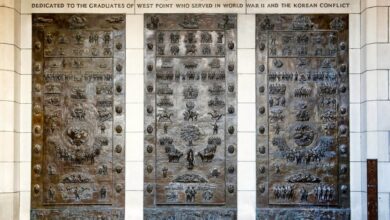Fewer College Presidents Are Hired With Faculty Input. Here’s Why That Matters.

In the latest blow to shared governance, faculty participation in presidential searches has dropped for the first time in 100 years, according to a survey by the American Association of University Professors.
Eighty-eight percent of institutions whose faculty leaders were surveyed this year by the AAUP had faculty members serve on the most recent presidential-search committee. That’s down from 93 percent in 2001, when the AAUP conducted its last governance survey.
That’s not a staggering drop, but it’s a “sobering” one, said Hans-Joerg Tiede, the author of a report on the new survey, considering that faculty representation — understood as a “universal feature” of a presidential-search committee — had climbed each time since the AAUP first measured it, in 1920. “This may well be the beginning of a retreat for faculty participating in presidential searches,” he said.
Other findings in the report support that idea: About 43 percent of faculty leaders surveyed said their institution’s last presidential search had been closed, meaning that finalists’ names were not announced before a president was chosen, and 40 percent said search-committee members had been required to sign confidentiality agreements, a practice the AAUP recommends against. Steps to ensure such secrecy are seen as antithetical to the openness that faculty members typically value in the search process, so neither percentage struck Tiede as good news, though there aren’t historical data with which to compare them.
All of that adds up to friction between faculty members and their top bosses. The University of Wisconsin system is a case in point, Tiede, the AAUP’s director of research, said. The system did not name any members of the faculty or academic staff to a 2019 committee charged with finding its new president, a move that drew criticism at the time. Only one finalist for the post was named, and he withdrew his candidacy because of “process issues.” The system restarted its search this past summer.
In 2016 the AAUP sanctioned the University of Iowa for the presidential search that brought Bruce Harreld to campus, saying the process had lacked sufficient faculty input and had been unduly influenced by some members of the Board of Regents. Harreld decided last year to end his tenure at Iowa early.
Lt. Gen. Robert L. Caslen Jr.’s presidency at the University of South Carolina, which recently came to an unceremonious end, was similarly marred by political interference after faculty members opposed his candidacy. Caslen’s appointment at South Carolina, in 2019, was “a mismatch,” Brendan Cantwell, an associate professor of educational administration at Michigan State University, told The Chronicle recently — the sort of mismatch, Tiede suggested, that could in other situations be avoided with faculty inclusion in the search process. The increasing politicization of public-university boards, also evident in the Caslen case, is also traceable to a lack of faculty input, he said.
“If your goal is to politicize the search, and to try to hire somebody who will implement that type of political agenda, one way of easing that is just to cut out the faculty from the search process,” Tiede said, “because they may well be the ones who will notice this and will try to point out problems.”
Small, bachelor’s, and master’s institutions are less likely than doctoral and large institutions to include faculty members on search committees, Tiede found. Faculty representation on a search committee is also more common at institutions with a faculty union. The trends are similar for open presidential searches; three-quarters of public institutions hold open presidential searches, as opposed to 42.3 percent of private ones, and 78 percent of unionized campuses hold open searches, versus 49.1 percent of institutions without a union.
Tiede cited enrollment declines and financial troubles at small, bachelor’s-degree-granting institutions as reasons for that stark divide. “Perhaps governing boards at these institutions are feeling lately more that they have to make some drastic changes, and have to make them without the faculty, because of the circumstances they find themselves in,” he said.
The AAUP report highlighted these other takeaways on the state of shared governance:
- Nearly 90 percent of institutions have a faculty senate or council, a jump of 15 percentage points since the AAUP’s 2001 survey. The increase is good news, Tiede said, but not surprising: “It is very rare for senates or councils to disappear, so I would have only expected this to go in one direction.”
- Faculty-senate leaders are nearly all full time and tenured (if their institution grants tenure). They’re also disproportionately white, compared with the overall racial and ethnic composition of full-time faculty members. Asian American faculty members are particularly underrepresented in faculty leadership.
- More institutions allow contingent faculty members to vote in elections for faculty senates or councils than to serve on those bodies. Public, large, and doctoral institutions are more likely to restrict voting and service rights for full-time contingent faculty members, a pattern Tiede attributed to those institutions’ having more types of contingent appointments.
- The percentage of institutions granting full governance participation to part-time faculty members has dropped by five percentage points since 2001.
Source link


